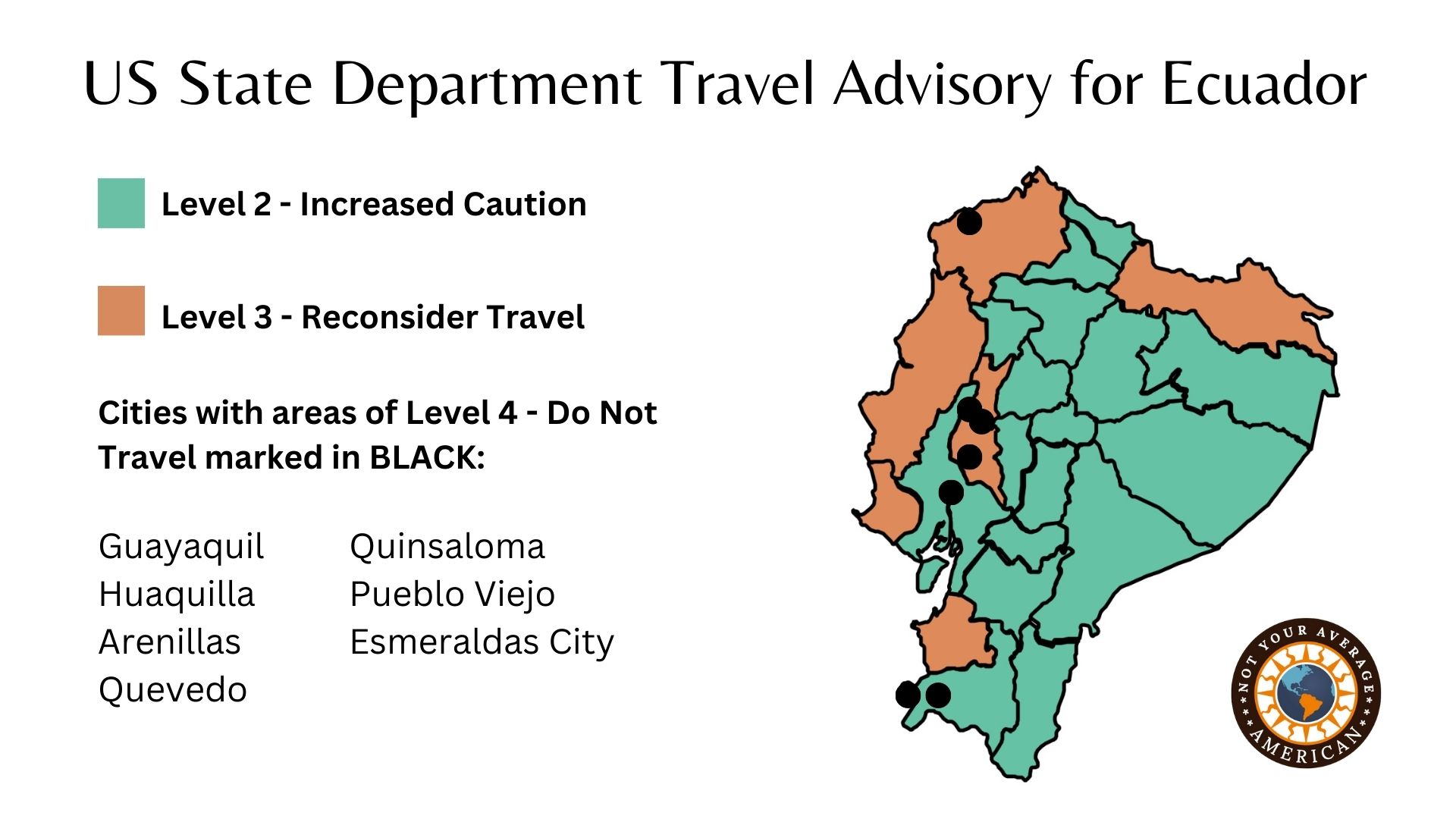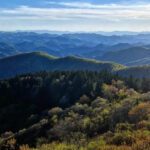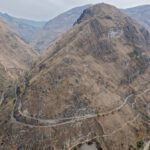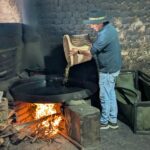The most common question I get about traveling in Ecuador is “Is it safe?” And the most common answer I have is, “It depends.”
Late last week, the US State Department came out with a revised travel advisory for Ecuador and, at first glance, it is very scary to read. The overall level for the nation is Level 2, Exercise Increased Caution.
There are several regions in the country that are experiencing extreme levels of crime, not just petty theft. Local gangs and transnational criminal groups are on the rise. For example, this past week, an Italian businessman and chef working in Guayaquil was kidnapped from his restaurant by four men, two of who were wearing police uniforms. For reasons like this one, four areas in Ecuador are listed as Do Not Travel To:
- Guayaquil, south of Portete de Tarquí Avenue, due to crime.
- The cities of Huaquillas and Arenillas in the province of El Oro, due to crime.
- The cities of Quevedo, Quinsaloma, and Pueblo Viejo in the province of Los Rios, due to crime.
- Esmeraldas city and all areas north of Esmeraldas city in Esmeraldas province, due to crime.
And many more are Level 3, Reconsider Travel List:
- Guayaquil north of Portete de Tarquí Avenue, due to crime.
- El Oro province outside the cities of Huaquillas and Arenillas, due to crime.
- Los Rios province outside the cities of Quevedo, Quinsaloma, and Pueblo Viejo, due to crime.
- All areas south of Esmeraldas city in Esmeraldas province, due to crime.
- The provinces of Sucumbíos, Manabí, Santa Elena, and Santo Domingo, due to crime.

An interesting item to note: the Sucumbios Province, the gateway to Ecuador’s northern Amazon, including the Cuyabeno Wildlife Reserve and the Yasuni National Park, dropped from a Level 4 to a Level 3. This is GREAT NEWS!
And a disturbing point – the overall update includes mentions of Cañar and Carchi Provinces with no direct mention of places to avoid nor with specific level advisories for either location. If in doubt, contact your local guide or tourism provider before visiting.
Translating This Ecuador Travel Advisory For Tourists
If you have found your way to our website, it’s likely you are an independent traveler looking to save money by planning your own trip. We get it. We tend to rent cars, hire local guides when needed, and manage on our own. But in situations where safety is a concern, believe me, we reach out to our partners on the ground first. This is especially true if we are taking or sending clients on a trip.
Unsure? Ask lots of questions before you go. This can be on an Expat Facebook page, to your friends who recently traveled to the same area, to guides and tourism providers on the ground, especially if their business is based in the location you would like to visit. Then listen to what they have to say.
I have two examples I want to share to help bring this home. We have traveled to a Level 4 destination as a couple and with a tour group. We have also had people reach out with questions who decided not to follow up with us, despite the free consult.
Traveling to a Level 4 Destination
Why on earth would anyone decide to travel to a destination with a US State Department Level 4 Advisory? Because the advisory was out-of-date.
While the US State Department issues travel advisories to keep its citizens safe, sometimes they let those advisories go on too long. In the case of the Sucumbios Province, especially the Cuyabeno Wildlife Reserve, we were unable to visit when my husband worked at the US Embassy because of the Level 4 advisory. It was one of the first places we visited after he retired. We knew:
- the problems listed in the advisory had taken place years ago;
- tourists regularly visited these destinations with no problems;
- other countries did not have this destination on their do not travel lists.
When we planned a trip for a group to visit the world’s first International Quiet Park, we knew that the Level 4 advisory would cause concern. We allieved those worries by having honest and transparent conversations about the history of the area. We would be visiting the Cofán community of Zabalo River. Ironically, some of the very people we would be visiting were involved in some of the activities in prior decades that caused the US State Department to declare this area a Level 4 in the first place. If you would like to learn more, we suggest reading A Future for Amazonia: Randy Borman and Cofán Environmental Politics by Micahel L. Cepek (affiliate link).
This trip took place earlier this year, before the US State Department changed the advisory for the Sucumbios Province to Level 3. Bureaucracies often take too much time to come to the right decision. We are hoping that the advisory will come down to a Level 2 for the Cuyabeno Wildlife Reserve sometime soon. In the meantime, we encourage visitors to the area to be smart – plan with local people who understand the conditions on the ground and can avoid problem areas.
Choosing to Ignore Expert Advice
Right now, we are recommending that clients avoid the entire Ecuadorian coast. It’s sad. We love the beaches of Ecuador and want to support tourism in the region. But we do not recommend tourists arrive without a local guide. There have been too many close calls in recent months that include armed robberies in restaurants, kidnappings, and extortion. Granted, tourists have not been the main target.
What concerns us most is that tourists may end up being caught up in gang activity without meaning too. We believe that the Ecuadorian coast is very similar to the US-Mexican border right now. In Mexico, it is possible to cross but some US Americans have been caught up in gang activity – kidnapped and murdered.
Therefore, when a reader reached out to ask about hiring local guides for a trip he was planning with his friends, the hair on the back of our necks stood up. He had filled out our trip questions form, so we knew his basic plans included renting a van, driving all over coastal Ecuador and into the Amazon.
First, they did not plan enough time for this extensive trip. Travel in Ecuador is complicated by windy roads that Google fails to give solid travel times for. Furthermore, driving in Ecuador is not for the faint of heart. Always plan on extra time if driving yourself.
Second, appearances are everything. A group of men traveling in a van together can look like a threat. A rental van full of men may not scream tourist, it may scream rival gang.
Our recommendation would not have been to cancel this trip. It would have been to edit the itinerary. For example, still want to go to the coast? Hire a guide and driver who use a clearly marked tourism vehicle. It may cost slightly more, but it is shockingly more affordable than many people might think. You will likely have a far superior and safer experience to traveling on your own.
The Hair on the Back of Our Necks
You will notice that I used a very idiomatic expression to describe our concern about trips. Some people are very aware of how their bodies respond to stress, to anxiety, to danger. Some people are not. You should know which type of person you are before you start traveling.
A good place to start is with Scott’s article on South American safety: The Three B’s of Safe Travel. The next article I like to recommend is my own about being safe in Quito. The lessons in it are applicable to travel to any city.
Know where you are going. The vast majority of Ecuador is safe for tourism. The few places where it isn’t can likely be visited with the proper preparation.













Very good article. However there are 2 errors on the Map, not sure if it is yours or the State Dept.’s as Arenillas and Huaquillas are in El Oro Province (in Orange) they are wrongly shown in Loja Province in green.
Thanks for your observation, Mark. The error is all mine. I should have placed those to black dots slightly higher in the correct province. I will be sure to make a better map the next time!